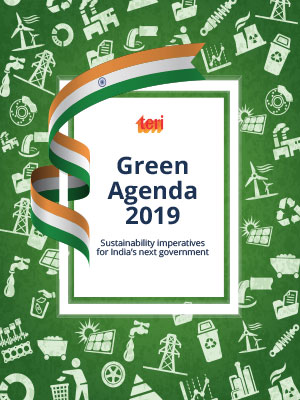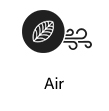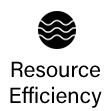Declining water levels and over-exploited groundwater reserves point towards a grave future

Over the years, India's water supply has been under severe stress, with deteriorating water quality, declining water levels and over-exploited groundwater reserves pointing towards a grave future. It is imperative to sustainably manage water resources – conserve resources, and minimize wastage - to ensure that everyone has continued access to water.
The Government of India brought out the final draft of National Water Framework (NWF) Bill, 2016 to provide uniform national legal framework to manage water in an efficient way. However, water being state subject, the law will be not binding on states for adoption. However, it is now time to adopt the bill and ensure proper implementation of the regulations, which also suggests "establishing River Basin Authority (RBA) for each inter-state basin to ensure optimum and sustainable development of rivers and valleys". The states should come forward and plan sustainable management of water by using this as a model bill that provides a framework to develop laws for water use and conservation.
Enhance water use efficiency in key sectors
The Framework bill also mentions about developing standards for water footprint, which is essential as what gets measured gets managed. For the three sectors with high water demand - agriculture, domestic and industries - there is a focus on enhancing water use efficiency. The National Water Mission formed under the National Action Plan on Climate Change mentions increasing the water use efficiency by 20% in all the sectors. However, the scope of improvement varies from sector to sector and for that it is important to understand the water used by not only a particular sector, but also specific entities.

The following measures can be considered to effectively implement the NWF –
- Undertaking exercises like water audit, estimating water footprint of the products, etc. for industries and at city scale
- Sectoral focus on water use efficiency - in the agricultural sector efficiency is as low as 40% while in the domestic sector it is about 60%, and for the industrial sector about 80%

Restructure institutions at central and state levels
In the water sector, the challenge is the multitude of organizations dealing with the subject without addressing the overlaps. The institutions created in 20th century may not be working well for the 21st century as regards to sustainable water management. In order to streamline the functioning of these institutions, the following measures are recommended -
- Create water regulatory bodies for each state, rather than single independent water regulatory at the central level, to regulate water management in the state, and ensure its sustainable development
- Create an independent authority to remove overlaps and enhance effective management of water resources in the country
This article is part of our Green Agenda series of recommendations on various topics of environmental importance. To see other recommendations, click on the icons below





